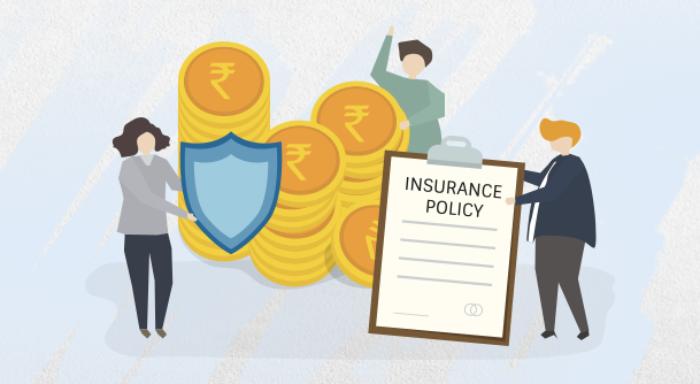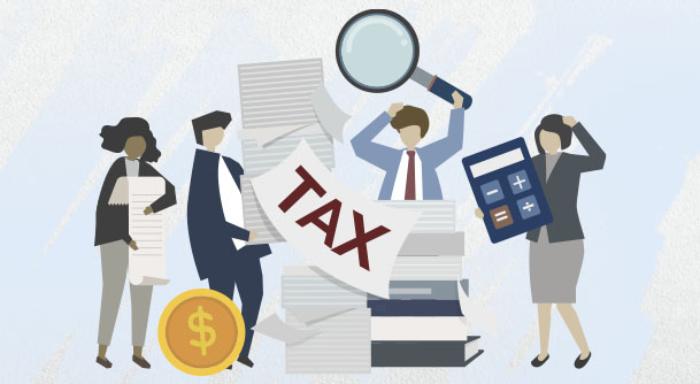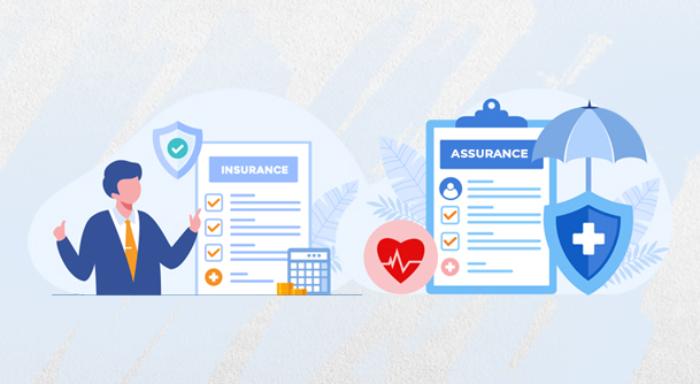Does Child Education plan helps in Tax Saving in India
Blog Title
1378 |
4/9/25 6:45 AM |
very parent wants the best education for their child, but rising costs can be a challenge. A child education plans help you secure your child’s future by covering for their educational expenses. At the same time, these plans also offer various tax benefits that further enhance your savings. By planning properly, you can support your child’s dreams without financial strain.
Whether it's a unit linked insurance plan (ULIP) or a comprehensive life insurance policy, you can build a financial cushion for your child's education while enjoying significant tax benefits. Let's take a closer look at how these plans work and how they can ease your tax burden while securing your child's future education.
How a Child Education Plan Helps in Saving Taxes
A child education plan isn’t just about investing for the future; it’s a financial strategy that allows you to save on taxes while ensuring that your child has the necessary funds for their education.
When you choose the right plan, you can benefit from multiple tax-saving provisions under the Income Tax Act. Let’s break it down:
1. Tax Benefits Under Section 80C
One of the main tax benefits available for child education plans is the deduction under Section 80C of the Income Tax Act. By investing in a life insurance policy or ULIP meant for your child's education, you can claim deductions on the premiums you pay, up to ₹1.5 lakh per year.
This deduction helps reduce your taxable income, lowering your tax liabilities while simultaneously preparing for your child's future educational expenses. It’s a win-win situation where you are securing their future and saving taxes at the same time.
2. Tax-Free Maturity Benefits Under Section 10(10D)
Another great benefit that comes with child education plans is the tax-free status of the maturity amount under Section 10(10D). When your policy matures, the amount you receive, whether in the form of a lump sum or as part of an ongoing investment insurance strategy, is tax-free.
This ensures that all the money you’ve invested for your child's education is untouched by taxes, allowing your savings to grow uninterrupted and providing the full benefit for your child’s education expenses.
Note that exemptions under Section 10(10D) are only available if your plan meets certain eligibility criteria. For example, you cannot avail of the tax exemptions for ULIPs if your policy’s yearly premium exceeds ₹2.5 lakhs. So, be aware of the terms and conditions listed under Section 10(10D) before buying a child education plan.
3. Tax Benefits on Riders/Additional Covers
If you add optional riders or additional covers to your child's education plan, you can benefit from more than just the basic policy coverage. These riders, such as accidental death or critical illness cover, not only provide added security but also qualify for tax deductions under Section 80C.
This means that the premiums paid for these additional covers also reduce your taxable income, giving you more financial flexibility while enhancing your policy’s protective features.
4. Education Loan Interest Deduction (Indirect Benefit)
While this isn't a direct tax benefit of the child education plan itself, it is an indirect benefit worth considering. If you take an education loan to fund your child’s higher education, you can claim a deduction on the interest paid under Section 80E.
This can significantly reduce the cost of financing education, especially if the loan amount is substantial. By combining this with your ULIP plan or savings plan, you can effectively manage your child’s education expenses while benefiting from tax deductions.
Additional Financial Advantages of a Child Education Plan
Beyond the tax saving investment, a child education plan can provide several other financial benefits:
Life Coverage: Some plans come with built-in life insurance coverage. This ensures that your child’s education is financially protected in case of any unforeseen event.
Wealth Creation: Investment-oriented plans like ULIP insurance allow you to invest in various funds (equity, debt, or hybrid), which can potentially grow your corpus over time.
Flexibility: Many plans offer flexibility in terms of premium payments, ensuring that you can adjust your contributions depending on your financial situation.
Guaranteed Returns: Some policies offer guaranteed returns, meaning that you will be able to save for your child’s education with an exact value in mind.
Mistakes to Avoid When Planning for Tax Savings
To ensure that your tax-saving strategy is as effective as possible, avoid these common mistakes:
Underestimating Costs: Always factor in inflation and rising educational costs when calculating how much you need to invest. Consider all aspects, including tuition fees, living expenses, and miscellaneous costs.
Not Reviewing Your Plans Regularly: Over time, your financial situation and your child’s educational needs may change. Regularly reviewing your plan ensures that you’re on track and can make adjustments as needed.
Relying Solely on Tax Benefits: While tax saving insurance plans are great, don’t choose a plan only for its tax-saving potential. Make sure it aligns with your overall financial goals, offering sufficient coverage and the opportunity for growth.
Ignoring Inflation: The cost of education rises over time. Ensure that your savings plan accounts for inflation and that your investments are growing at a rate that keeps up with future education costs.
Conclusion
Planning for your child’s education doesn’t have to be a daunting task, especially when you choose the right child education plan that helps save on taxes while securing the necessary funds. By leveraging life insurance, investment insurance, and the unit linked insurance plan (ULIPs), you not only safeguard your child’s future but also take advantage of tax-saving provisions under Section 80C and Section 10(10D).
With the right strategy in place, you can make your child’s educational dreams come true while minimising your financial burden. Start early, plan smartly, and enjoy the financial benefits that come with it.










